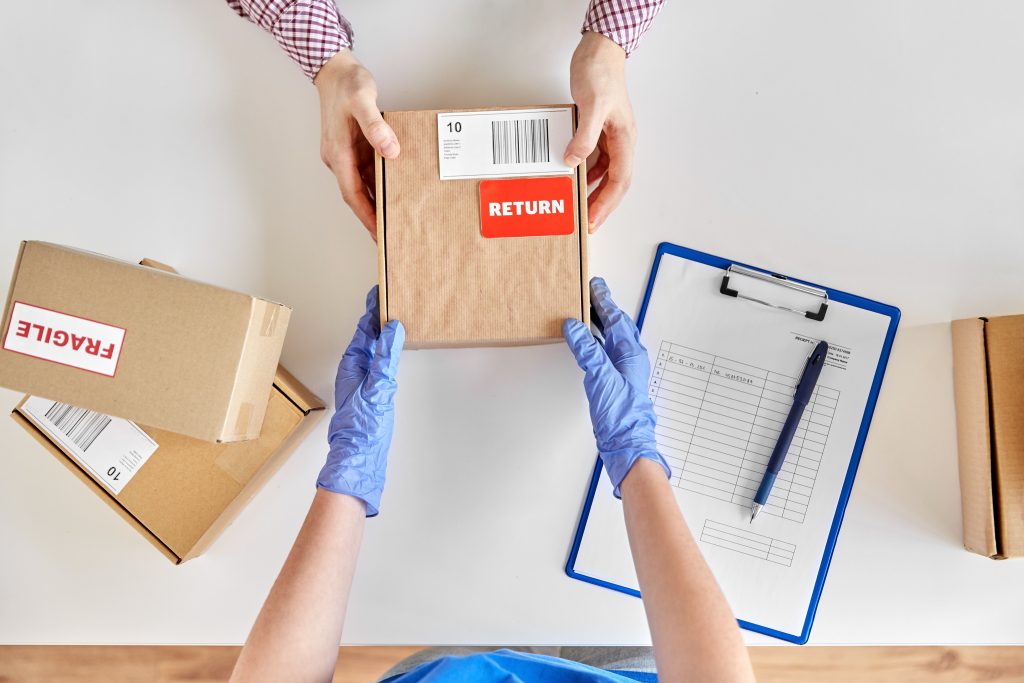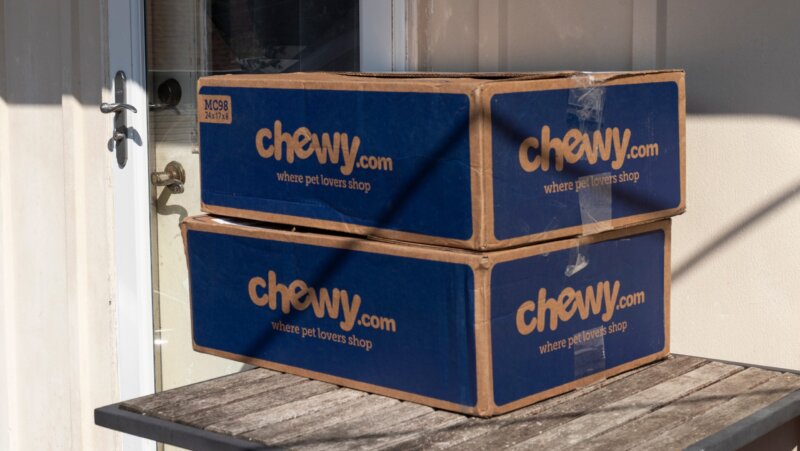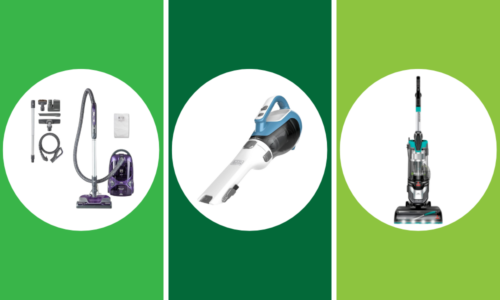If you’ve ever had to return a product to the store, then you know the drill. First, you drive to the store or call the online retailer to get the details on how to get a refund and the best way to return the item, whether in person or via mail. Then, you have to actually follow instructions to do so, which can be a hassle as an extra errand to add to your day.
However, many businesses are taking a second look at their return policies and considering a different option: refunding the purchase price but also allowing customers to keep the product.
While this may not seem like a sound financial decision to allow customers to keep merchandise and their money, experts believe this move might save dollars on companies’ bottom lines.
With an estimated $264 billion worth of merchandise returned each year, according to a report shared by USA Today, that’s a lot of inventory to handle. Add into the equation that processing returned merchandise can cost businesses anywhere from 20% to 60% of the original price of the items sold. In fact, during the 2021 holiday season, it cost retailers $33 to process the return of a $50 product. There is clearly a lot of incentive to minimize cost and time.
Why Taking Returns Is Costly For Retailers
Strategic Resource Group’s Managing Director Burt Flickinger told CNN this new way of looking at inventory and returns could help alleviate a lot of issues for stores struggling with profit margins and surplus supply of unwanted items.
“It would be a smart strategic initiative,” said Flickinger. “Retailers are stuck with excess inventory of unprecedented levels. They can’t afford to take back even more of it.”
Ironically, the supply chain issues that have been plaguing retailers who can’t seem to get in certain merchandise fast enough are also behind one of the reasons why refusing returned items may be profitable. In the past, when stores accept returned items, they’d restock them on shelves if possible. If the returned products couldn’t be restocked on the shelves due to condition issues or out-of-season concerns, retailers would pack them up and ship them overseas to sell to liquidators. However, due to shipping problems, that solution is not viable these days.
“Given the situation at the ports and the container shortages, sending product overseas isn’t really an option,” Flickinger told CNN.
‘Keep The Return’ Is Not A New Concept
Some retailers began leaning into this strategy with the onset of the COVID-19 pandemic. First, businesses such as Amazon and Walmart loosened their return windows to make it easier for customers to get their money back. Then, they took it up another level by letting their customers keep some of the products they bought and still offering a refund.
Other companies, such as Chewy.com, have caught the attention of customers who not only like the idea of getting their money back quickly and without a hassle but also what the company requests they do with unwanted items.
“Based on my two recent experiences, I’m convinced this [Chewy] is the best company out there,” shared Reddit user yojothobodoflo. “I recently ordered the wrong type of leash for my dog. Asked about a return/exchange. They said, ‘we’ll refund you, but don’t worry about returning it. Just donate it to a local shelter or rescue!’ Then I ordered the right type of leash and then accidentally sent me two. So I send a message saying ‘it’s no skin off my back since I didn’t pay for two, but if you want it back I’ll send it back.’ And they were like ‘oops! Accidents happen. Go ahead and donate it to a shelter or rescue.'”
Is There A Downside To the ‘Just Keep It’ Return Policy?
The “Just Keep It” return policy sounds almost too good to be true for consumers who get their money back and retailers who don’t have to worry about re-stocking or re-selling unwanted merchandise. But, there are a few potential drawbacks to this lenient return policy.
First, for retailers, there is also a concern for theft and fraud. By adopting such a policy, stores can open themselves up to customers who might take advantage of a system that works in their favor.
“One thing retailers need to track and ensure is that customers that become aware of the policy do not begin to abuse it, by seeking free merchandise over a series of orders by getting a refund but getting to keep the merchandise,” Keith Daniels, a partner with Carl Marks Advisors, told The Washington Examiner.
Even on the consumer end, there could be some inconvenience with the “Just Keep It” policy. Yes, customers can get their money back, but they are still stuck with an item they don’t want or can’t use. By not returning it to the store, they will need to find a way to get rid of it, either through gifting, donation or just tossing it out. In the end, it’s a small imposition of time, but it’s not 100% stress-free, either.
What do you think of a “Just Keep It” return policy for your favorite stores? Does the money refunded make up for the inconvenience of not bringing the item back to the store?











